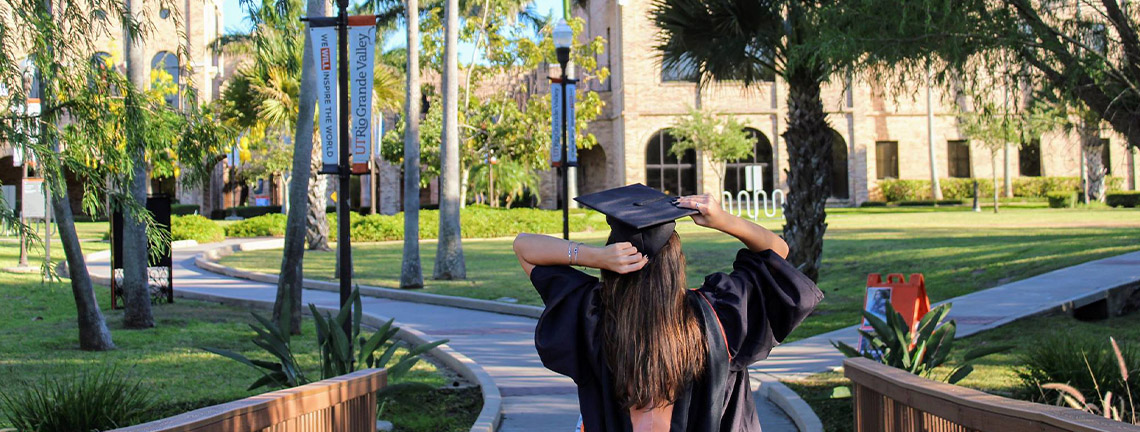
Theses and Dissertations
Date of Award
12-2021
Document Type
Thesis
Degree Name
Master of Science (MS)
Department
Mechanical Engineering
First Advisor
Dr. Mataz Alcoutlabi
Second Advisor
Dr. Javier Ortega
Third Advisor
Dr. Maysam Pournik
Abstract
The work presented in this thesis focuses on the processing and development of transition metal compound composite fibers as anode materials for rechargeable lithium-ion batteries (LIBs). Among the transition metal compounds, molybdenum compounds have risen as promising candidates of advanced electrode materials, in view of their natural abundance, virtuous mechanical/thermal stability, rich chemistry, high theoretical specific capacity, and multiple oxidation states of Mo. The current work reports synthesize MoO2/C and MoO3/C composite fibers drawn from centrifugal spun ammonium molybdate/PAN precursor fibers, followed by a thermal treatment stabilizing in air and calcination under argon atmosphere. The weight ratios of (MoOx, 2 ≤ x ≤ 3) were controlled to illustrate the ideal high performing activities and stable concentration. The calcination of ammonium molybdate/PAN precursor fibers develop MoO3 material which reached a specific capacity of 1052 mAhg-1 at 80 cycles, while ending at 1004 mAhg-1 after 100 cycles. The synthesized material outperformed commercial nanoscale MoO3 delivering a charge capacity of 836 mAhg-1 after 70 cycles.
This work is then followed by the electrical performance of molybdenum disulfide (MoS2) coated with graphene oxide (GO) and reduced graphene oxide (rGO) obtained through a facile hydrothermal process involving ammonium tetra thiomolybdate and graphite. The use of an exfoliated multilayer and few-layer structures of GO with MoS2 inherently delivered increased specific capacity, prolonged stability, and improved electrochemical performance of the MoS2/GO composite electrode. Various concentrations of MoS2 to GO were used to promote the performance of the electrode, while altering calcination temperatures directly affected the morphology and the structural stability of the composite anode. MoS2/rGO exhibited good electrochemical performance after prolonged charge/discharge cycles, delivering discharge and charge capacities of 1068 mAhg-1 and 641 mAhg-1, at the first cycle, respectively, where 88% of its capacity was retained after 100 cycles. The outstanding electrochemical performance of the MoS2/rGO composites is attributed to the exfoliation of GO network, dominating performances for all concentrations, making the composite electrode a promising anode material for high performance LIBs.
Recommended Citation
Gonzalez Jr., R. (2021). Synthesis and Characterization of Centrifugally Spun Molybdenum-Based Nanomaterials for Lithium-Ion Batteries [Master's thesis, The University of Texas Rio Grande Valley]. ScholarWorks @ UTRGV. https://scholarworks.utrgv.edu/etd/879


Comments
Copyright 2021 Ramiro Gonzalez. All Rights Reserved.
https://go.openathens.net/redirector/utrgv.edu?url=https://www.proquest.com/dissertations-theses/synthesis-characterization-centrifugally-spun/docview/2637158549/se-2?accountid=7119